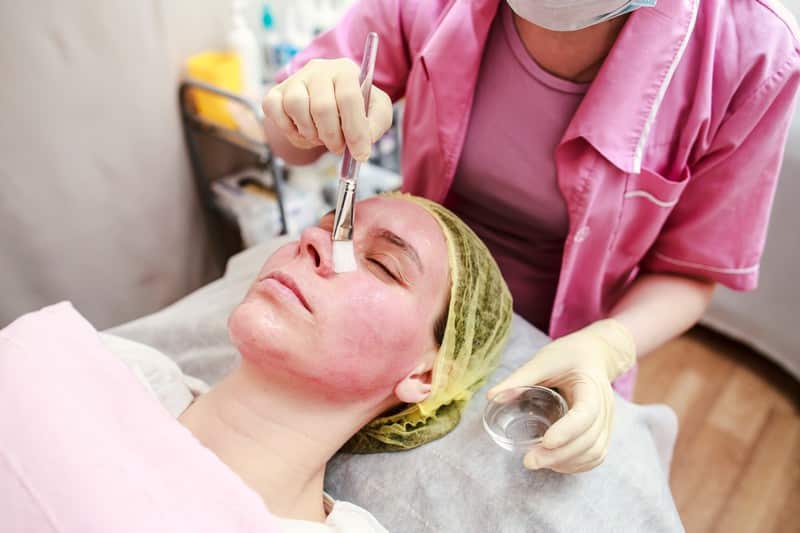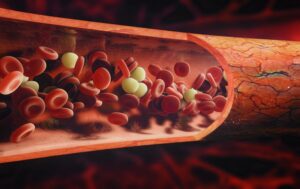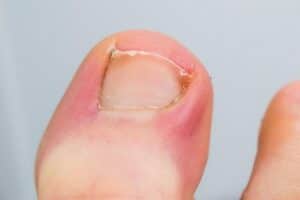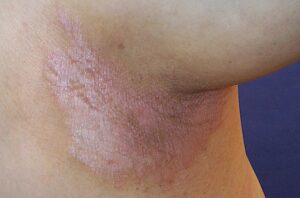In a society that values physical beauty, one of the most common skin conditions that affect males and females of all ages makes some areas of the skin darker than others. This condition is known as hyperpigmentation, which can appear as black, gray, brown, pink, or red spots or patches in the body. Some people would refer to these patches as age spots, liver spots, or sun spots.
Hyperpigmentation is caused by the increase in melanin levels in the body. Melanin is a natural substance that gives hair, skin, and eyes their distinctive color. An increase in melanin levels can be traced to con tenuous sun exposure, age and skin injuries, hormonal imbalances and influence, specific illnesses, and certain types of inflammation.
Sunlight triggers the production of melanin, and constant exposure leads to increased levels of the body’s natural sunscreen. Melanin protects the body from harmful ultraviolet rays, which leads to people tanning their skin quickly. However, if the process becomes disrupted, hyperpigmentation occurs. Hormonal influences can also lead to chloasma, more commonly found in women. In addition, metabolic disorders, autoimmune and gastrointestinal diseases, vitamin deficiencies, psoriasis, atopic dermatitis, and acne can also cause hyperpigmentation.
Chemical Peels

A chemical peel is a medical procedure conducted by a licensed aesthetician to remove the superficial layers of the skin. This procedure treats various skin disorders, such as scarring, discolored skin, and wrinkles. It is a skin-resurfacing process that needs the skilled hand of a professional. The method smoothens and improves the skin’s texture and appearance, whether on the face or the body. It can be done independently or in combination with other medical procedures.
Chemical peels can be done in three depths – light, medium, and deep. For light chemical peels, the solution removes the epidermis. It treats fine lines, uneven skin tone, acne, and dryness. Medium chemical peels remove skin cells from the epidermis and portions of the dermis. They also treat acne scars, uneven skin tone, and wrinkles. Finally, for deep chemical peels, aestheticians will peel skin cells from even deeper. Dermatologists recommend this when there are precancerous growths and deeper wrinkles involved.
One must remember that chemical peels can also produce side effects such as scabbing, redness, scarring, changes in skin color, and infection. Therefore, it’s recommended to only work with reputable professionals when undergoing chemical peels.










